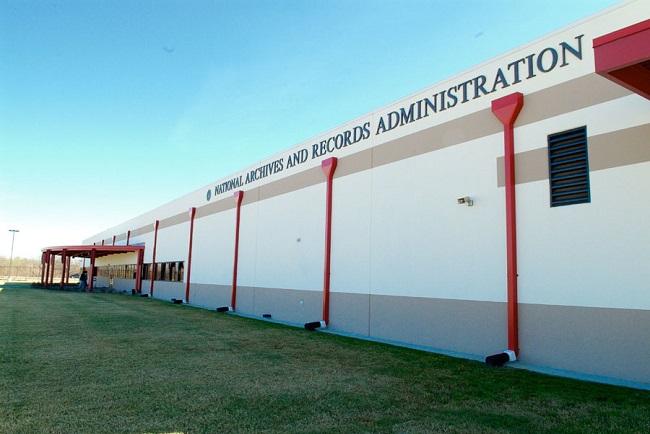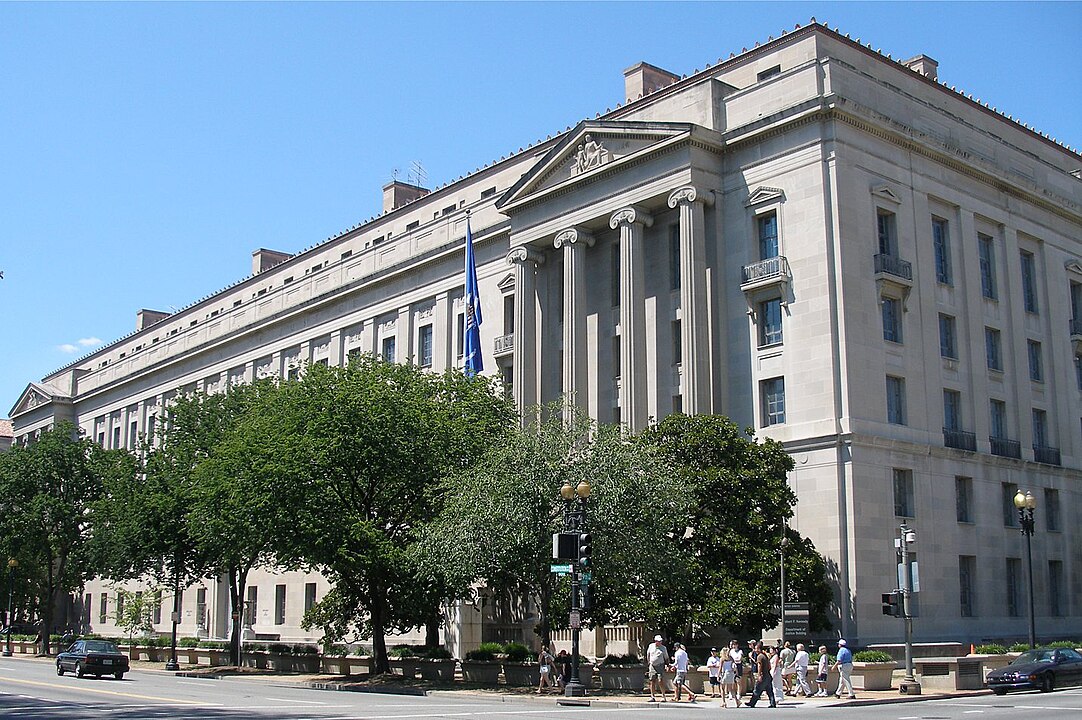The United States National Archives and Records Administration is exploring how blockchain technology can improve the management of information, Federal News Network reported June 10.
Eric “Kyle” Douglas, a records management policy and program support specialist for NARA’s chief records officer, said that blockchain technology could play a role in authenticating digital copies of images and videos.
The technology would make it possible to verify tamper-free versions of documents, which could go a long way to address the growing problem of deepfake videos.
Deepfake videos are fake videos created using machine learning algorithms which tamper images and audio in a way that they would appear real. This tactic is being increasingly used to make people believe that public officials have said or done something when they actually did not.
NARA has already trialed blockchain technology in 2018 when it released around 20,000 government documents on the assassination of former President John F. Kennedy. Douglas said that the trial involved hashing the documents, allowing users to verify that the document has not been tampered with.
“Extending this practice to all digital NARA holdings will allow the public to independently verify that digital content taken from NARA’s catalog has not been altered,” he said.
However, there are no plans for switching to a blockchain-based system at the moment. Douglas said that before rolling out the technology, NARA would want to make sure long-term access to information recorded on the blockchain. It would also want to ensure that officials are able to open the different types of files that are stored on the blockchain.
In addition, Douglas also emphasized on retraining the staff on the said technology and the need to assemble a “multidisciplinary” team comprising of computer scientists and software engineers for future archives staff.
Earlier in February, NARA released a white paper on blockchain technology in order to help federal records managers better understand the technology and deal with its implications at their agencies.


























Comment 0